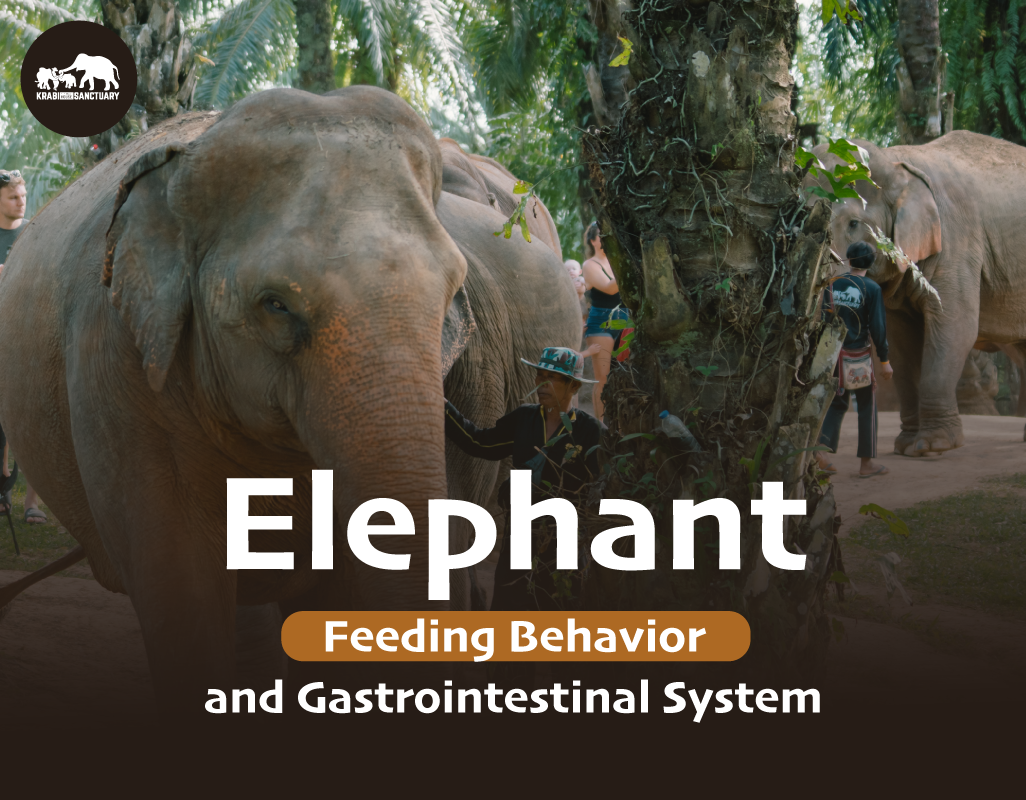News
ELEPHANT FEEDING BEHAVIOR AND GASTROINTESTINAL SYSTEM
ELEPHANT FEEDING BEHAVIOR AND GASTROINTESTINAL SYSTEM
The Unique Gastric System of Elephants
Elephants, majestic creatures of the wild, possess a distinctive monogastric digestive system, setting them apart from ruminant animals like cows. Unlike the complex stomach of ruminants, elephants have a cylindrical stomach, stretching an impressive 30 to 35 meters. This uniqueness plays a pivotal role in shaping their feeding behavior and dietary habits.
A Peek into Elephant Dining Etiquette: Herbivory in Action
Being strict herbivores, elephants solely consume plant-based diets. Their eating habits, however, stand in stark contrast to ruminants, as they lack a specialized stomach for food storage or cud-chewing breaks. Unlike cows and buffaloes that regurgitate and re-chew their food, elephants have devised their own ingenious methods to ensure a constant supply of nourishment, even while on the move.
Innovative Food Storage: Trunk Tales and Tusks
One remarkable aspect of elephant feeding behavior is their ability to store food for later consumption. Picture this: an elephant casually holding onto grass using its versatile trunk while traversing the vast landscapes. Alternatively, these gentle giants ingeniously tuck grass and various food items into the niches of their impressive tusks. This innovative approach allows them to munch on stored snacks at their leisure, showcasing the adaptability of these magnificent animals.
Book: https://krabielephanthousesanctuary.com
Facebook: https://www.facebook.com/KBVphant
Instagram: https://www.instagram.com/krabi_elephant_house_sanctuary/
